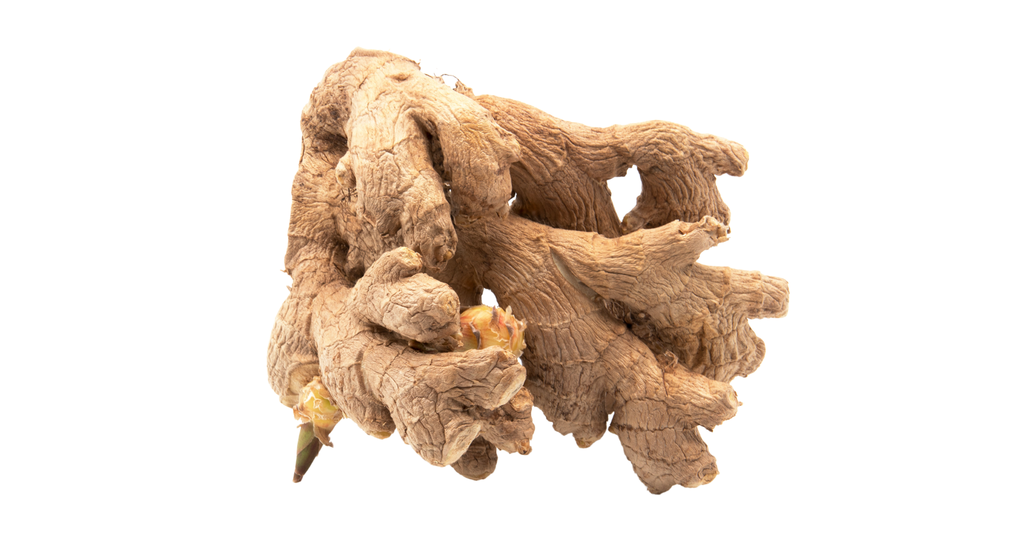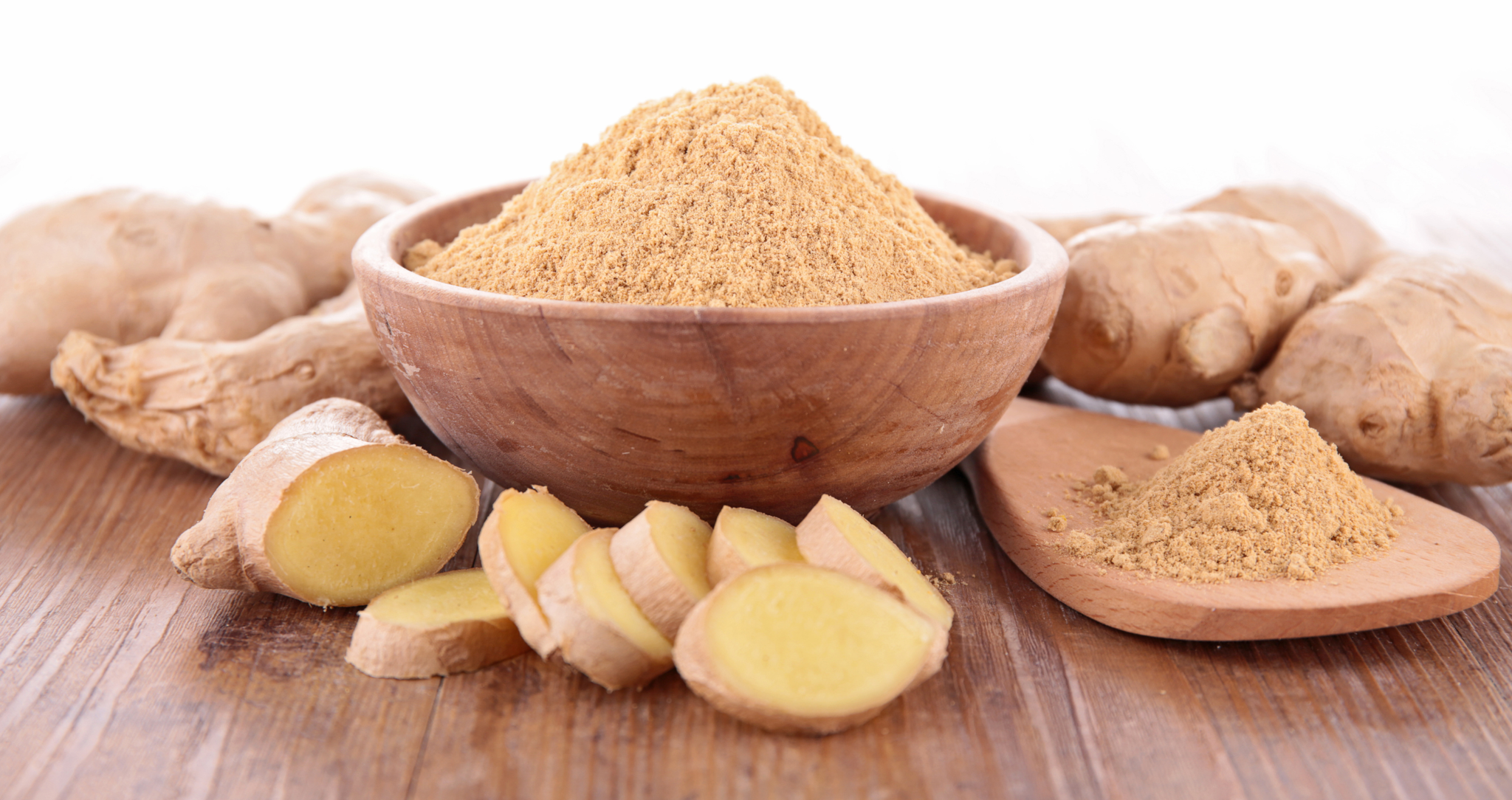
Ginger ( Zingiber officinale ) is native to Southeast Asia, from where it spread to India, the rest of Asia, and West Africa. In the first century AD, Roman traders brought Ginger back to Europe and was one of the first imported spices to Europe. But due to the fall of the Roman Empire, it unfortunately disappeared for a while. In the 13th century, the use of Ginger was revived when the famous Italian trader and explorer Marco Polo once again brought it to Europe. However, only the wealthy bourgeoisie can enjoy the joy of Ginger, because the price of a pound of Ginger is equal to the price of a sheep.
What Ginger lacks in appearance, it makes up for in taste. And perhaps it is also the very unique flavor that has made it a popular ingredient in drinks, Asian dinner dishes and sweets in European culinary culture. The Ginger tree is a slender tree, nearly 1 meter tall. The leaves of the plant are green, long and narrow.
A spice with many uses
Ginger is used as an ingredient in countless different dishes and drinks. The fresh root is used in Asian foods, teas and juices, while the dried spice is often used to prepare cakes, cookies and other baked goods. The love for ginger is great around the world, and in Tokyo there is even a festival celebrating this delicious spice, which takes place every year in September. From the festival's many stalls, many specialties can be found. The advantages and uses of Ginger are promoted to tourists.

Ginger in food protects health
In the 1980s, one of Denmark's leading universities conducted studies documenting that Ginger could affect joint function and health. However, this is just one of the beneficial effects that ginger can bring to the body.
Ginger may:
- Helps maintain mobility in joints.
- Reduces the feeling of joint stiffness in the morning.
- Promotes digestion.
- Helps reduce nausea during pregnancy.
Although Ginger can be a wonderful flavoring agent in many dishes, it is not always suitable for today's dishes. Therefore, there may be an actual benefit to consuming the beneficial components of Ginger through health foods. When Ginger is included as an ingredient in health foods, the ingredients are extracted through a controlled technological process, after which the extract is dried. When the extraction and drying process is carried out, the concentration of beneficial substances increases. The result is a compact tablet with all the beneficial ingredients.
The positive effects that one must highlight about an ingredient, e.g. Ginger, are regulated through EU legislation. If an effect is clearly documented, it is likely to be applicable to products containing this ingredient in significant amounts. Several applications about the effects of plants and plant parts are currently on the waiting list and can also be used to explain to consumers the expected effects of the product.

